Carlos Baquero Barneto
Beamformer Design and Optimization for Full-Duplex Joint Communication and Sensing at mm-Waves
Sep 13, 2021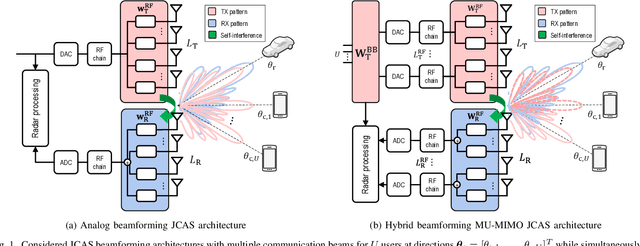
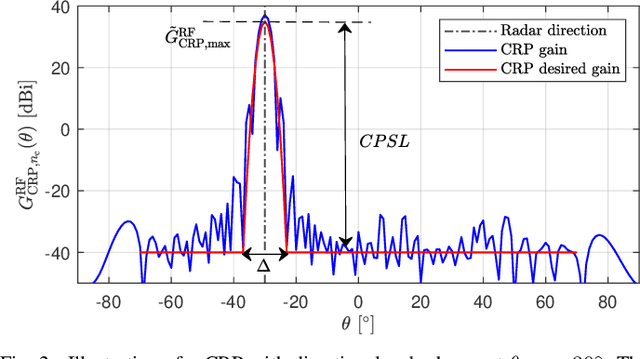
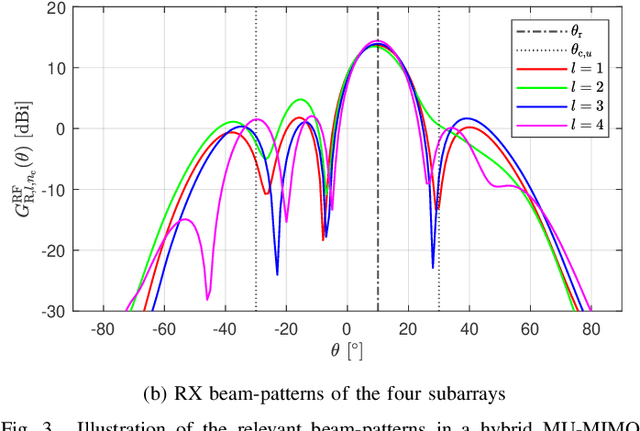
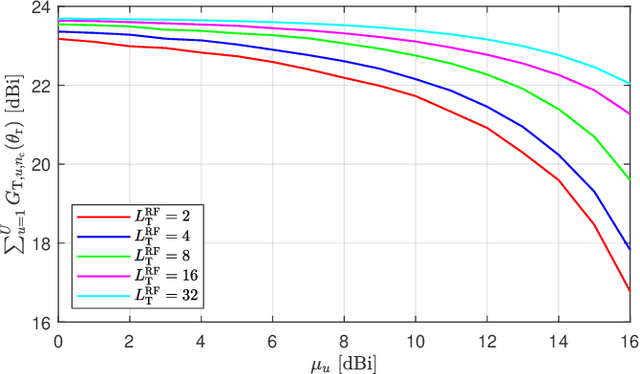
Abstract:In this article, we study the joint communication and sensing (JCAS) paradigm in the context of millimeter-wave (mm-wave) mobile communication networks. We specifically address the JCAS challenges stemming from the full-duplex operation and from the co-existence of multiple simultaneous beams for communications and sensing purposes. To this end, we first formulate and solve beamforming optimization problems for hybrid beamforming based multiuser multiple-input and multiple-output JCAS systems. The cost function to be maximized is the beamformed power at the sensing direction while constraining the beamformed power at the communications directions, suppressing interuser interference and cancelling full-duplexing related self-interference (SI). We then also propose new transmitter and receiver beamforming solutions for purely analog beamforming based JCAS systems that maximize the beamforming gain at the sensing direction while controlling the beamformed power at the communications direction(s), cancelling the SI as well as eliminating the potential reflection from the communication direction and optimizing the combined radar pattern (CRP). Both closed-form and numerical optimization based formulations are provided. We analyze and evaluate the performance through extensive simulations, and show that substantial gains and benefits in terms of radar transmit gain, CRP, and SI suppression can be achieved with the proposed beamforming methods.
Radio-based Sensing and Environment Mapping in Millimeter-Wave 5G and Beyond Networks
Feb 23, 2021
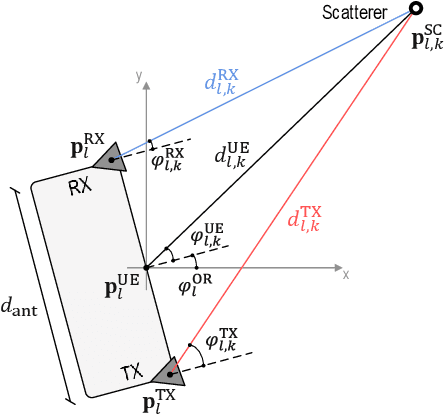
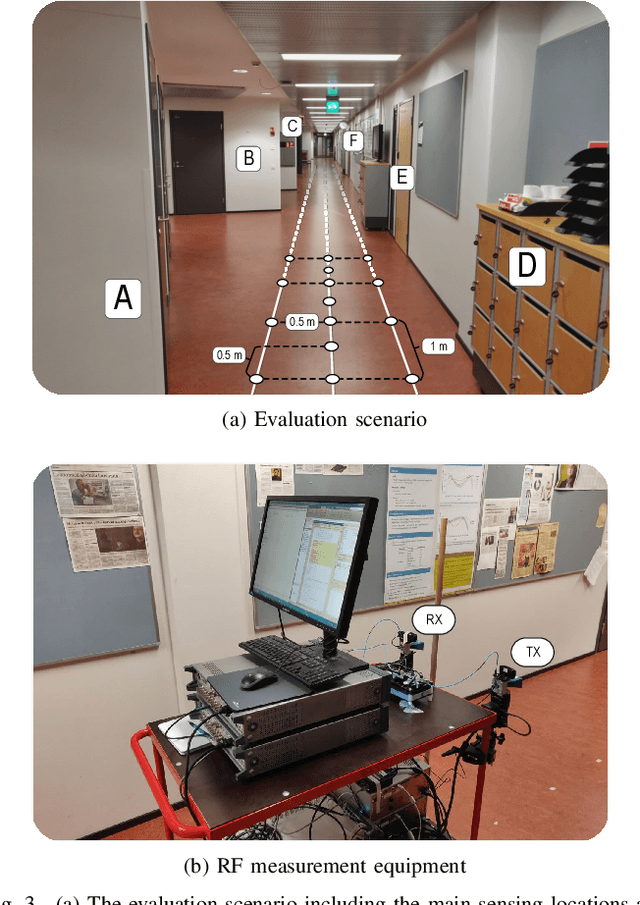
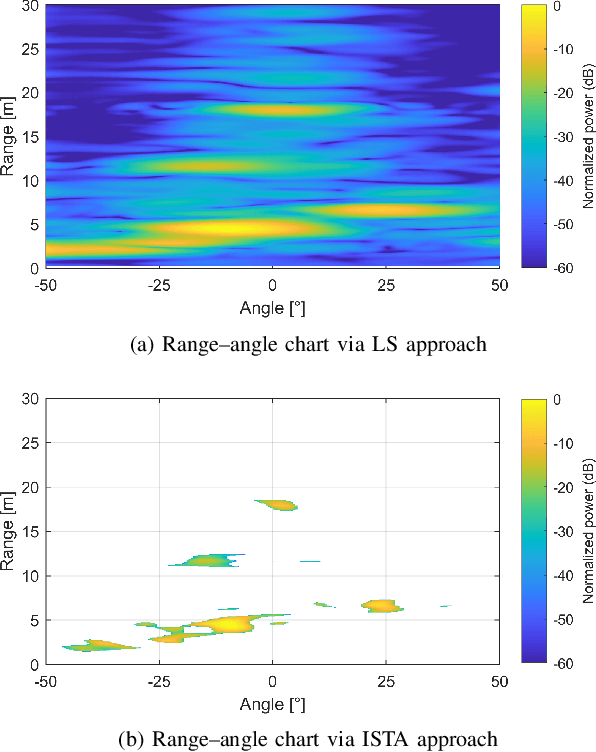
Abstract:Integrating efficient connectivity, positioning and sensing functionalities into 5G New Radio (NR) and beyond mobile cellular systems is one timely research paradigm, especially at mm-wave and sub-THz bands. In this article, we address the radio-based sensing and environment mapping prospect with specific emphasis on the user equipment (UE) side. We first describe an efficient l1-regularized least-squares (LS) approach to obtain sparse range--angle charts at individual measurement or sensing locations. For the subsequent environment mapping, we then describe both grid-based static solution as well as more advanced tracking-based dynamic approaches, where interaction multiple-model extended Kalman filtering and smoothing are utilized. We provide numerical indoor mapping results at 28~GHz band deploying OFDM-based 5G NR uplink waveform with 400~MHz channel bandwidth, covering both accurate ray-tracing based as well as actual RF measurement results. The results illustrate the superiority of the dynamic tracking-based solutions, while overall demonstrate the excellent prospects of radio-based environment sensing and mapping in future mm-wave networks.
 Add to Chrome
Add to Chrome Add to Firefox
Add to Firefox Add to Edge
Add to Edge